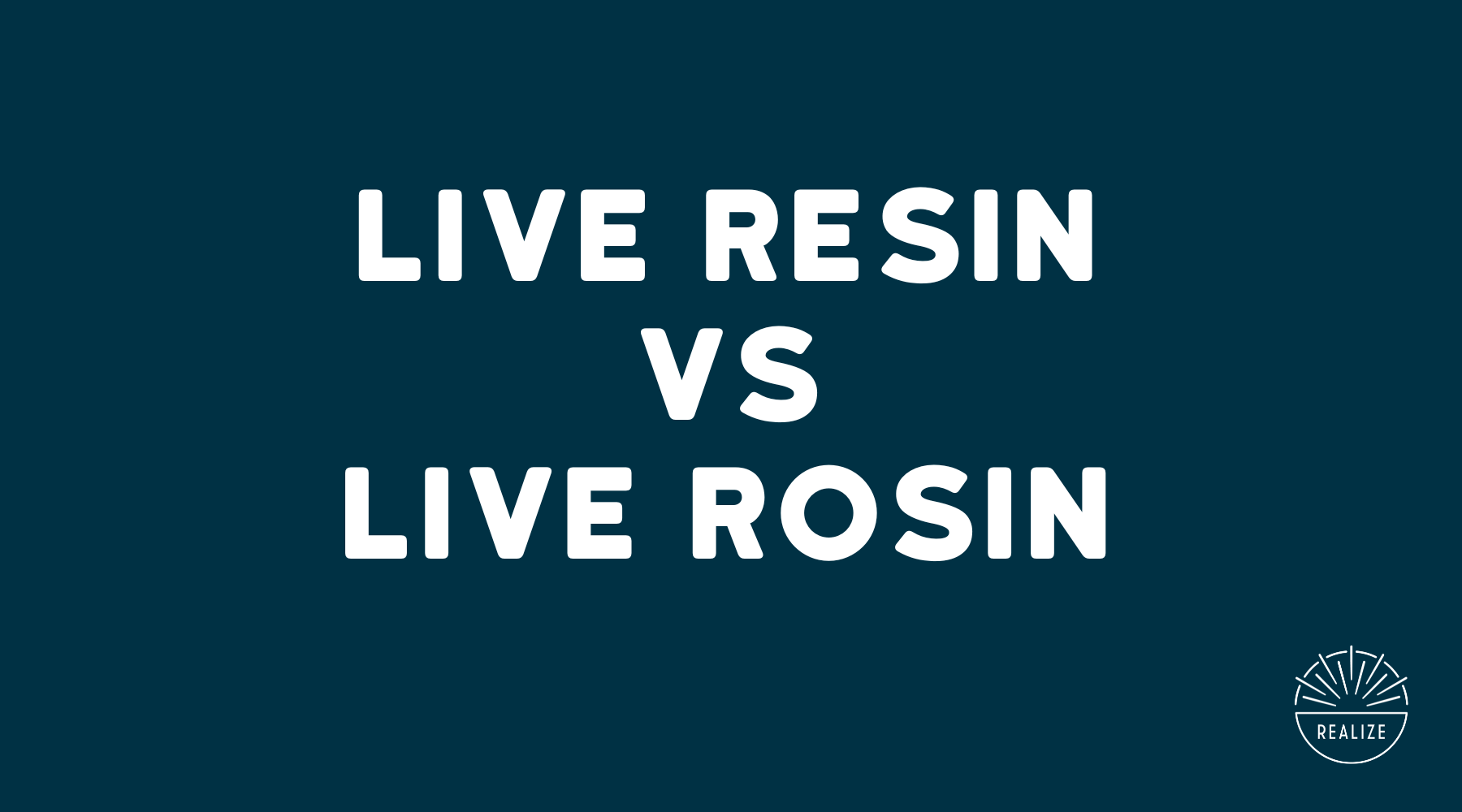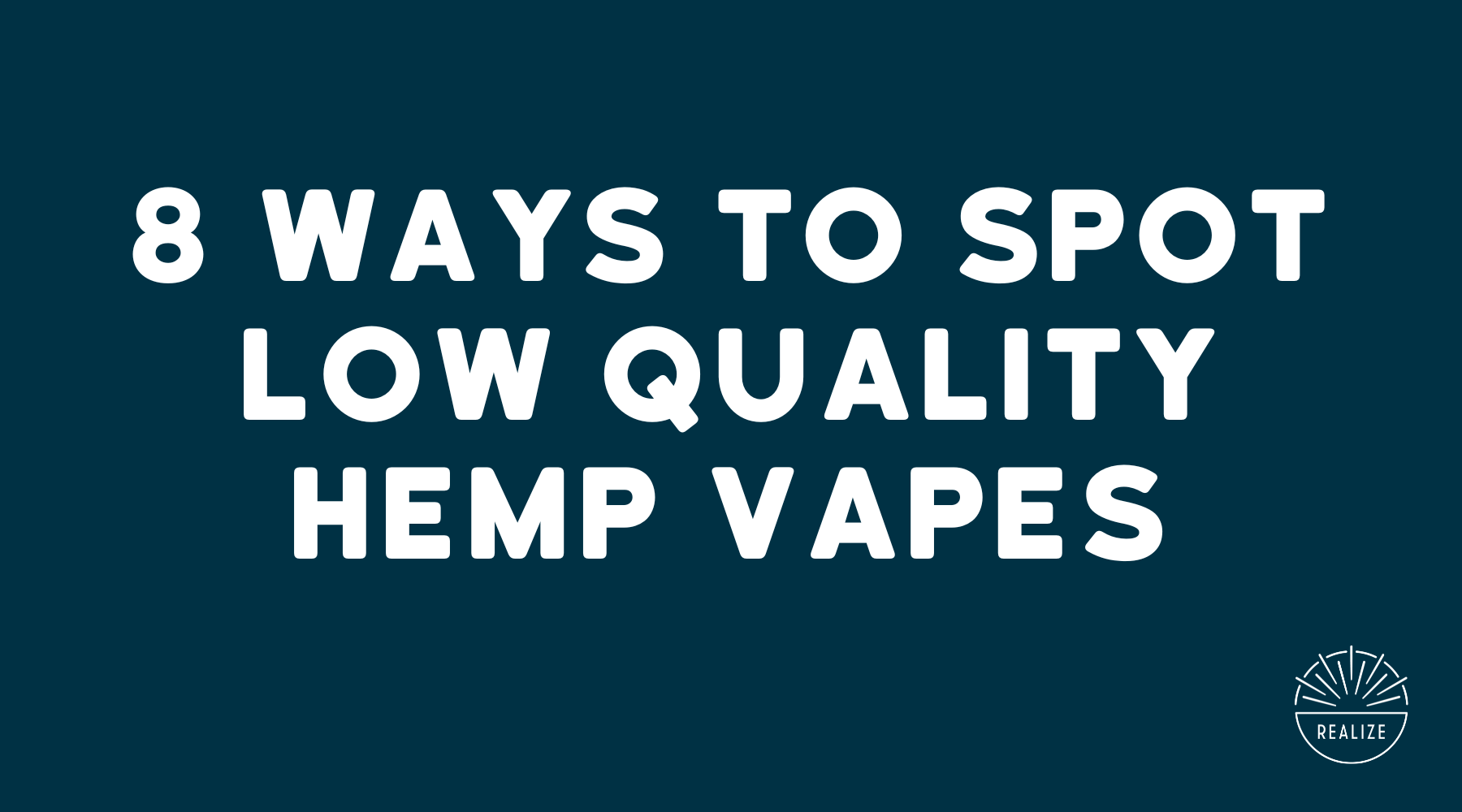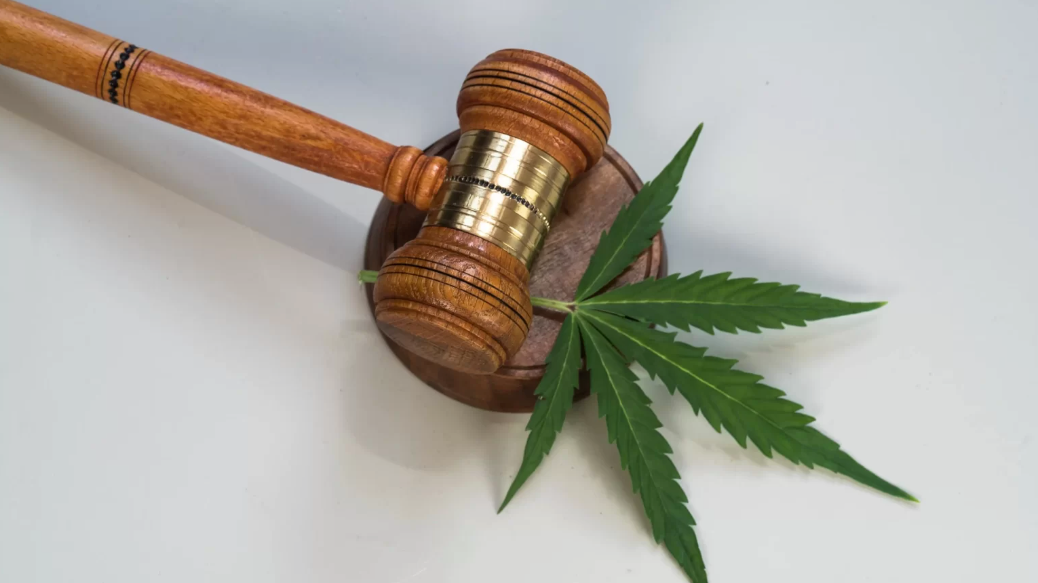A Classic Concentrated Debate: Live Resin vs. Live Rosin

The world of cannabis concentrates is vast and varied, with countless methods of extraction and types of products available. Among the most popular and highly regarded forms of concentrates are live resin and live rosin. These two types of extracts have garnered significant attention due to their purity, potency, and the unique experiences they offer. However, while they share some similarities, live resin and live rosin are distinct in many ways, leading to an ongoing debate among cannabis connoisseurs: which is better?
The Origins of Live Resin and Live Rosin
Before delving into the specifics of each concentrate, it's essential to understand their origins. Both live resin and live rosin were developed as a response to the cannabis industry's growing demand for higher-quality, more potent extracts.
Live Resin
Live resin is a relatively recent innovation in the world of cannabis concentrates. It was developed in the early 2010s by a group of Colorado-based cannabis enthusiasts who sought a way to preserve the full spectrum of cannabinoids and terpenes present in the plant. Traditional extraction methods often involve drying and curing the cannabis plant, which can lead to a loss of flavor and potency. The creators of live resin wanted to capture the plant's essence at its peak freshness.
To achieve this, they developed a method that involves freezing freshly harvested cannabis immediately after it is cut, thereby preserving the delicate terpenes and cannabinoids that are often lost during the drying process. The frozen cannabis is then used in a solvent-based extraction process, typically involving butane or propane, to create a concentrate that is rich in flavor, aroma, and potency.
Live Rosin
Live rosin, on the other hand, has its roots in the more traditional practice of hash making. Rosin itself is an ancient form of cannabis concentrate that involves pressing the plant's resinous trichomes to extract the oils within. However, live rosin is a more modern take on this age-old technique, similar to live resin in that it aims to preserve the plant's freshness.
The key difference lies in the extraction process. Instead of using solvents like butane or propane, live rosin is made using only heat and pressure. Freshly frozen cannabis is first transformed into bubble hash using ice water and agitation to separate the trichomes from the plant material. This bubble hash is then pressed using a rosin press, which applies heat and pressure to extract the oils without the need for any chemicals. The result: a solventless concentrate that many enthusiasts consider to be the purest form of cannabis extract.
A Closer Look at the Production Process
Understanding the production process for both live resin and live rosin is crucial in appreciating the differences between these two concentrates. While both are derived from freshly frozen cannabis, the methods used to extract the cannabinoids and terpenes are what set them apart.
Live Resin Production:
- Harvesting and Freezing: The first step in producing live resin is to harvest the cannabis plants at their peak ripeness. Immediately after harvesting, the plants are flash-frozen to preserve the full spectrum of terpenes and cannabinoids.
- Extraction: The frozen cannabis is then subjected to a solvent-based extraction process. Typically, butane or propane is used as the solvent, as these gases are highly effective at dissolving the trichomes and extracting the desired compounds. The extraction process takes place at extremely low temperatures to prevent the degradation of the plant's delicate components.
- Purging: After the cannabinoids and terpenes have been extracted, the solvent must be removed from the concentrate. This is done through a process called purging, where the concentrate is heated under a vacuum to evaporate the solvent, leaving behind a pure and potent product.
- Final Product: The final product is a sticky, viscous concentrate with a high terpene content and a potent aroma. Live resin is often characterized by its bright color and robust flavor profile, which closely resembles the original cannabis plant.
Live Rosin Production:
- Harvesting and Freezing: Like live resin, live rosin begins with the harvesting of cannabis plants at their peak. The plants are then immediately frozen to preserve their freshness.
- Bubble Hash Creation: The frozen cannabis is processed into bubble hash using ice water and agitation. The trichomes are separated from the plant material and collected in a fine mesh bag.
- Pressing: The bubble hash is then placed into a rosin press, where it is subjected to heat and pressure. The heat causes the trichomes to melt, and the pressure squeezes out the oils, resulting in a solventless concentrate.
- Final Product: The final product is a thick, sticky concentrate that is often considered the purest form of cannabis extract. Live rosin is prized for its clean flavor and smooth smoke, with many enthusiasts preferring it for its solvent-free nature.
A Matchup of Terpene Aromas and Flavors
One of the most significant factors that set live resin and live rosin apart is their terpene profile. Terpenes are the aromatic compounds found in cannabis that contribute to its flavor and aroma. They also have a crucial role in the overall effects of the plant, often enhancing the effects of cannabinoids through the entourage effect.
Live Resin Terpene Profile
Live resin is renowned for its robust terpene profile. The solvent-based extraction process used in live resin production is highly effective at preserving terpenes, resulting in a concentrate that closely mimics the aroma and flavor of the original plant. This makes live resin an excellent choice for those who prioritize flavor and aroma in their cannabis experience.
Some of the most common terpenes found in live resin include:
- Myrcene: Known for its earthy and musky aroma, myrcene is one of the most prevalent terpenes in cannabis.
- Limonene: This citrus-scented terpene is often associated with uplifting and energizing effects.
- Caryophyllene: With its spicy and peppery aroma, caryophyllene is unique in that it can also interact with the body's endocannabinoid system (ECS).
- Pinene: As the name suggests, pinene has a pine-like aroma and is thought to have certain beneficial effects.
Live Rosin Terpene Profile
Live rosin, being a solventless concentrate, is also highly regarded for its terpene content. The absence of solvents means that the natural flavors and aromas of the cannabis plant are preserved without any potential chemical aftertaste. However, the terpene profile of live rosin can vary depending on the quality of the starting material and the skill of the processor.
Common terpenes found in live rosin include:
- Linalool: This floral-scented terpene is often associated with more blissful-like effects.
- Humulene: Known for its woody and earthy aroma, humulene is believed to have appetite-suppressing and anti-inflammatory properties.
- Terpinolene: With a fresh, herbal scent, terpinolene is thought to have uplifting and antioxidant effects.
- Ocimene: This sweet, fruity terpene is often associated with anti-inflammatory and antifungal properties.
The terpene profile of live rosin tends to be more subtle and nuanced compared to live resin, making it a favorite among connoisseurs who appreciate the complexity of cannabis flavors.
Potency and Effects: Which Packs a Bigger Punch?
When it comes to potency, both live resin and live rosin offer a powerful experience. Nonetheless, there are some key differences in how these concentrates affect the user.
Live Resin Potency and Effects
Live resin is known for its high cannabinoid content, often testing between 70% to 90% THC. The combination of high THC levels and a rich terpene profile makes live resin a potent and fast-acting concentrate. Users often report an intense, immediate high that is both cerebral and physical.
The effects of live resin can vary depending on the strain used to produce the concentrate. For example, a sativa-dominant live resin might provide an uplifting, energetic high, while an Indica-dominant live resin could offer a more relaxing, body-focused experience.
Because of its potency, live resin is popular among experienced cannabis users who seek a powerful, full-spectrum experience. However, its intensity may be overwhelming for those who are new to concentrates or have a low tolerance for THC.
Live Rosin Potency and Effects
Live rosin is also a highly potent concentrate, with THC levels typically ranging from 60% to 80%. While slightly less potent than live resin, live rosin's effects are often described as smoother and more balanced. The solventless extraction process preserves the natural harmony of cannabinoids and terpenes, resulting in a more nuanced high.
Users of live rosin often report a cleaner, more focused experience compared to live resin. The effects tend to come on gradually, building into a long-lasting high that’s both mentally stimulating and physically relaxing. This makes live rosin an excellent choice for those who prefer a more controlled and sustainable cannabis experience.
On top of that, the absence of solvents in live rosin means that users are consuming a product that is free from potential chemical residues, which can be a significant factor for health-conscious consumers.
Pertaining to Cost, Which’s More Expensive?
When considering live resin and live rosin, it's essential to factor in the cost. Both concentrates are considered premium products, but there are some differences in pricing due to the production processes involved.
Live Resin Cost
Live resin tends to be more affordable than live rosin, primarily due to the production process. While it does require specialized equipment and skilled technicians, the use of solvents like butane or propane makes the extraction process more efficient and cost-effective. As a result, live resin is often priced lower than live rosin, making it more accessible to a broader range of consumers.
However, the price of live resin can still vary depending on factors such as the strain used, the quality of the starting material, and the reputation of the producer. High-end live resins made from rare or exotic strains can command a premium price.
Live Rosin Cost
Live rosin, on the other hand, is typically more expensive due to its labor-intensive production process. The solventless extraction method requires high-quality starting material, precise temperature control, and skilled craftsmanship to produce a top-tier product. Not to mention, the yield of live rosin is often lower than that of live resin, further driving up the cost.
For consumers who prioritize purity and the absence of solvents, the higher price of live rosin is often justified. Still, the cost can be a significant barrier for those on a budget or those who are new to cannabis concentrates.
The Environmental Impact: A Consideration for Conscious Consumers
As the cannabis industry continues to grow, environmental sustainability has become an increasingly important consideration for both producers and consumers. The production methods for live resin and live rosin have different environmental impacts, which may influence your choice.
Live Resin Environmental Impact
The production of live resin involves the use of solvents such as butane and propane, which are derived from fossil fuels. The extraction process requires energy-intensive equipment and specialized facilities to handle the volatile gases safely. Additionally, the disposal of spent solvents and other waste products can have environmental consequences if not managed properly.
But many live resin producers are taking steps to minimize their environmental impact by implementing closed-loop systems that recycle solvents and reduce emissions. Consumers who are concerned about the environmental impact of live resin production may want to research the practices of specific producers before making a purchase.
Live Rosin Environmental Impact
Live rosin, being a solventless concentrate, has a lower environmental impact compared to live resin. The production process relies on mechanical methods (heat and pressure) rather than chemical solvents, resulting in less waste and lower energy consumption. Additionally, live rosin can be produced using organic or sustainably grown cannabis, further reducing its environmental footprint.
For environmentally conscious consumers, live rosin is often considered the more sustainable choice. Yet, it's worth noting that the production of live rosin still requires significant resources, such as water for bubble hash extraction and electricity for rosin presses.
The Debate: Which is Better?
The debate between live resin and live rosin ultimately comes down to personal preference and priorities. Both concentrates offer unique benefits, and the choice between them depends on what you value most in your cannabis experience.
Live Resin: Pros & Cons
Pros:
- High terpene content for robust flavor and aroma.
- Potent and fast-acting effects.
- More affordable than live rosin.
- Widely available and offered in various strains.
Cons:
- Solvent-based extraction may leave trace chemicals.
- Intense effects may be overwhelming for some users.
- Environmental impact due to the use of fossil fuels and solvents.
Live Rosin: Pros and Cons
Pros:
- Solventless extraction for a purer product.
- Smooth, balanced effects.
- Environmentally friendly production process.
- Rich, natural terpene profile.
Cons:
- More expensive due to labor-intensive production.
- Slightly lower potency compared to live resin.
- Less widely available and may be harder to find in some regions.
Finding Your Perfect Concentrate: All Comes Down to Your Individual Preferences and priorities.
Ultimately, the debate between live resin and live rosin is a testament to the diversity and innovation within the cannabis industry. As new extraction methods and products continue to emerge, consumers are empowered with more choices than ever before. Whether you're a seasoned cannabis enthusiast or a newcomer to the world of concentrates, exploring the differences between live resin and live rosin is a journey worth taking.
In fact, if you really wanna experience what live resin in particular has to offer, try our Realize Live Resin Gummies or one of our many Realize Vapes: Realize 2g THCA Diamond Bars, Realize Diamond Bar 4g Disposable Vapes, Realize Top Shelf 4g Disposable Vapes, and Realize HHC Diamond Bars.
Keep in mind though, as with any cannabis product, it's essential to start with a low dose and gradually increase as you become more familiar with the effects. Whether you choose live resin or live rosin, both concentrates offer a premium cannabis experience that’s sure to satisfy even the most discerning connoisseur.


